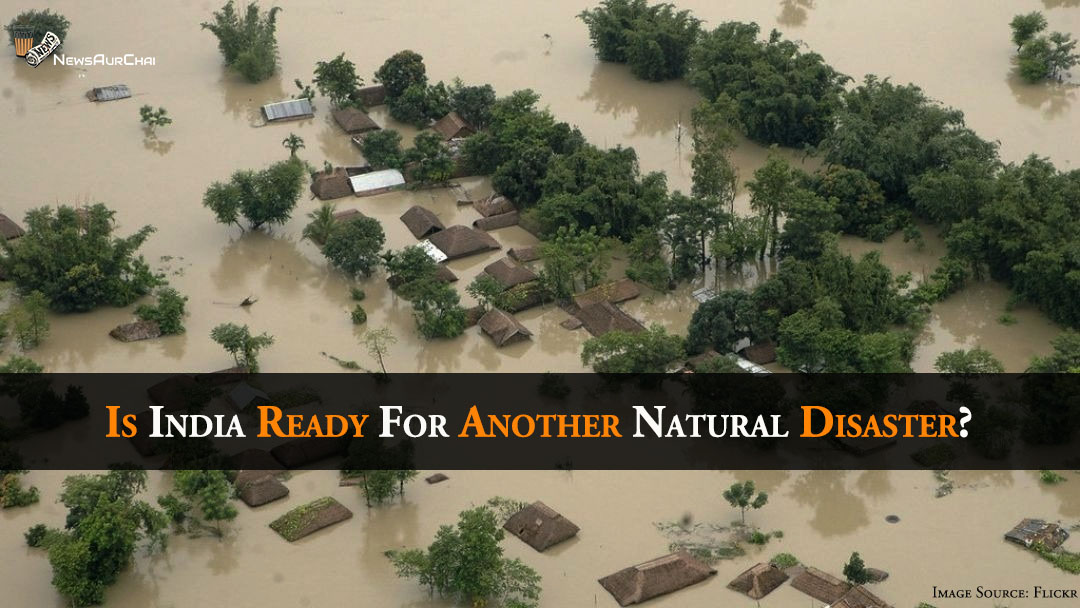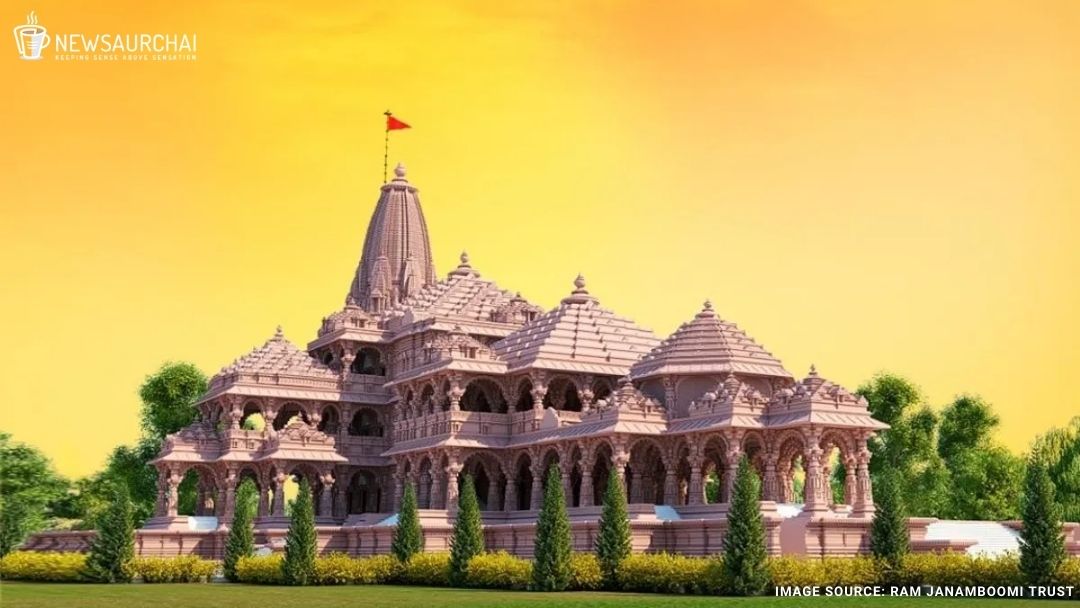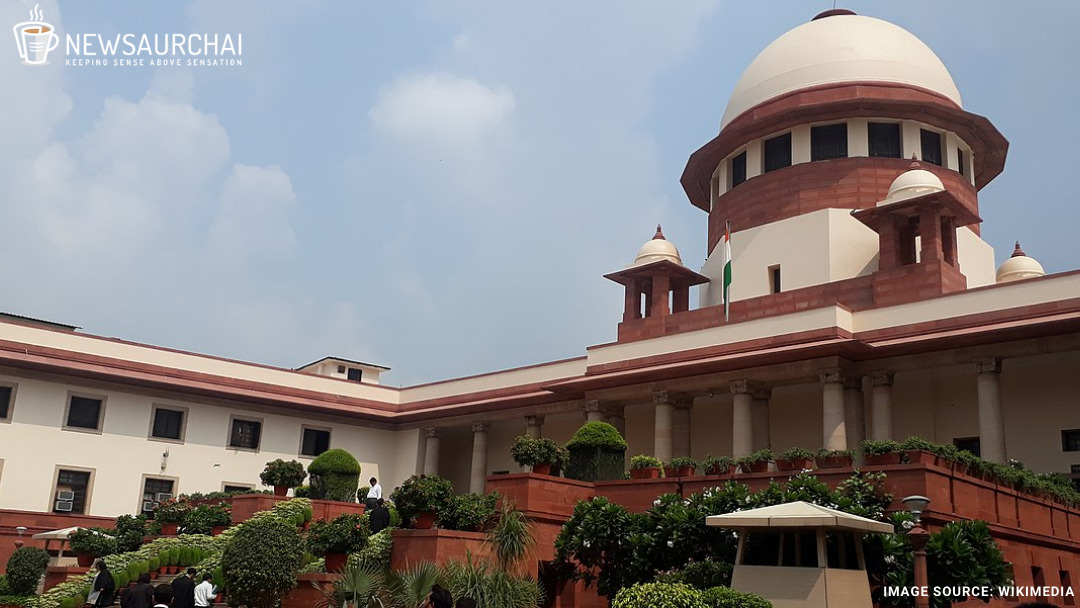Is India Ready For Another Natural Disaster?

India – home to over 1.3 billion people belonging to diverse religion and cultures sharing their history through the common ancestors. Build on the foundations of Democracy and Secularism it is also one of the world’s most vulnerable countries in terms of infrastructural development to fight the natural calamities/disaster.
In the past decade, India has seen a series of flood and other various naturals calamities in various parts. As per a report by the United Nations, India lost $80 billion to natural disasters over the past 20 years. The Eastern Indian storm that struck in 2010 in various parts of eastern Indian states, spanning for 30–40 minutes. At least 91 people died in Indian states, and over 91,000 dwellings were destroyed and partially damaged. The drought which struck in Maharastra back in 2013, was said to be the worst faced in past 40 years.
The Uttarakhand flash floods of 2013 which still leaves a trail of chill when confronted with the statistics that over 197 people were killed, 236 injured and 4,021 went missing in the flash floods which affected many lives with no estimation of damage to the property yet.
The recent floods in Kerala in 2018 and 2019 owing to heavy monsoon rains make you question the government’s readiness to battle the natural calamities on this scale, which brings us to the question that is India ready for another natural disaster?
When we look at India’s geographical location around 12 per cent of the total land area is exposed to flooding, 68 per cent of land is vulnerable to droughts, landslides and avalanches, 58.6 per cent landmass is earthquake-prone, and tsunamis and cyclones are a regular phenomenon for 5,700 km of the 7,516-km long coastal line. India’s geo-climatic conditions and high socio-economic vulnerability to disasters are the leading causes of the high frequency of natural disasters in India.
It is predicted that by 2025, per capita availability of freshwater in India is expected to drop below 1000 cubic meters due to the increase in population. The Indian meteorological department has declared that water cycle will be more intense, with higher annual average rainfall as well as increased drought in future years.
As indicated by the Global Climate Risk Index report, India’s rank has worsened from the 14th spot in 2017 to 5th in 2018 in the global vulnerability ladder, because of extraordinary climate-related occasions. In the years between 1970 and 2009, India experienced 371 catastrophic events, as an outcome of which 1,51,000 people lost their lives, and 1.86 billion people were affected.
The famous saying – “earthquakes don’t kill, badly constructed buildings do”, can be held true in many cases owing to lack of following government regulations and protocols, forceful construction of building in earthquake-prone areas and not being aware of disaster protocols in case of a calamity.
The United Nations Development Programme issued a report stating that there are five countries around the world are ready- Mozambique, Indonesia, Armenia, Ecuador and India to combat with natural disasters provided that government makes it the foremost priority both at the Central and State level.
Despite such assurances, there is a long way to go in making India proactive in responsiveness and ensuring minimal loss of life and property during such natural disaster.






One Comment